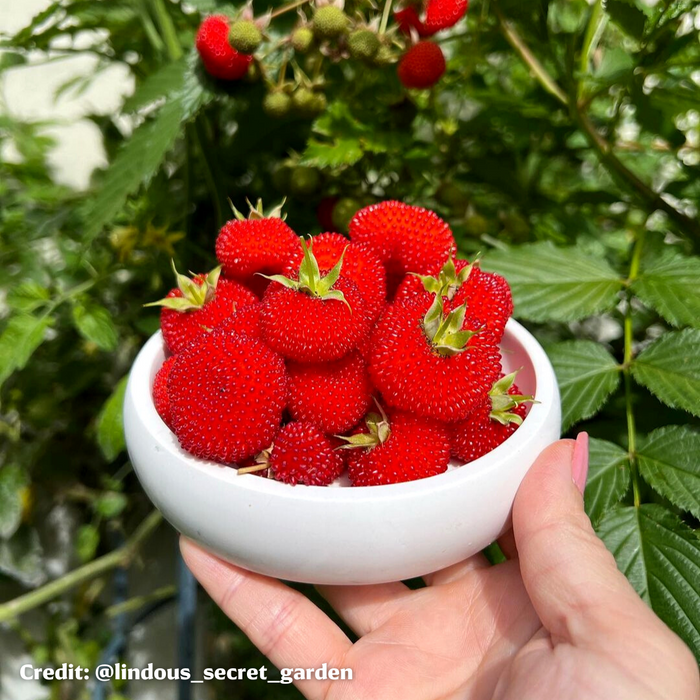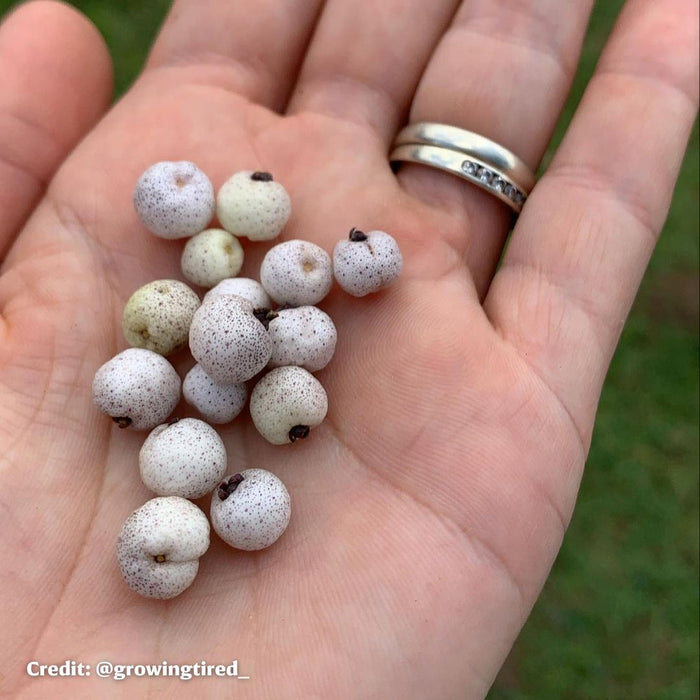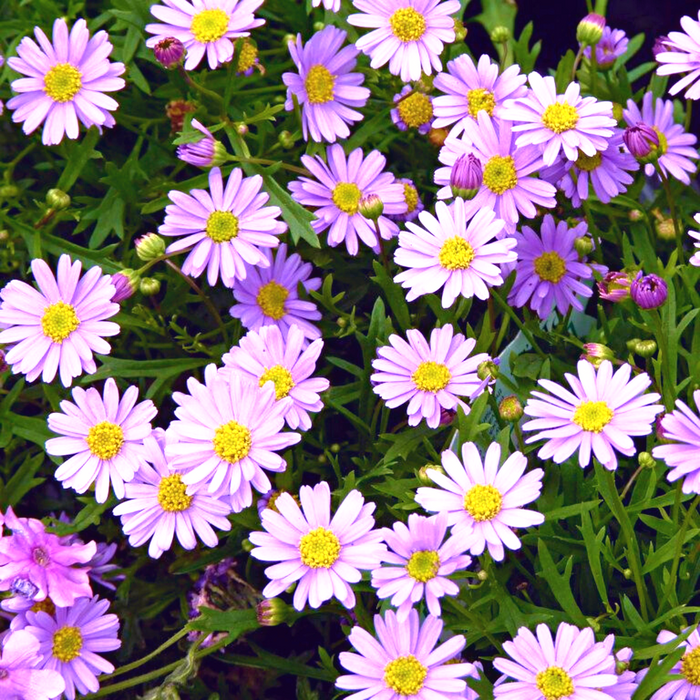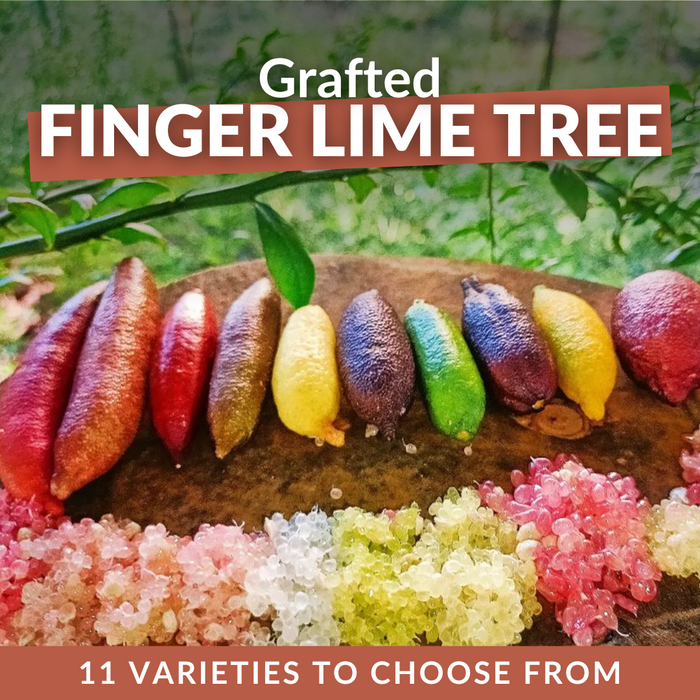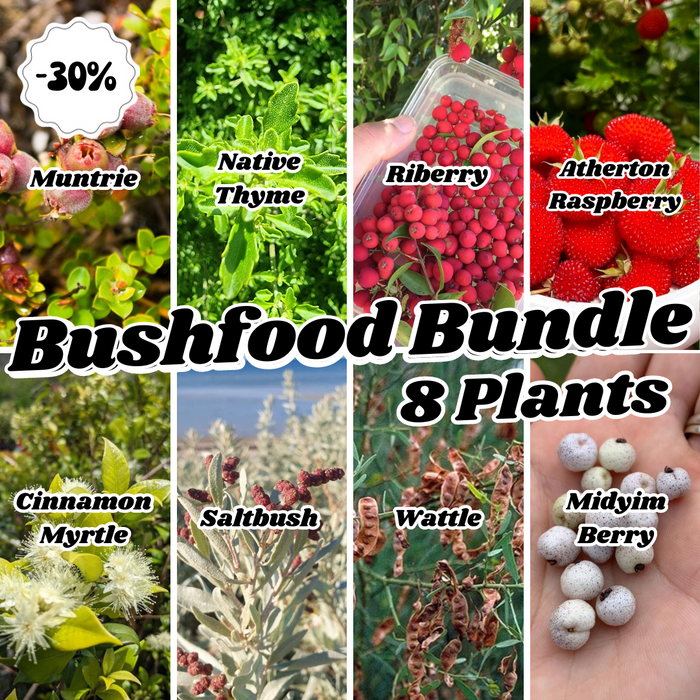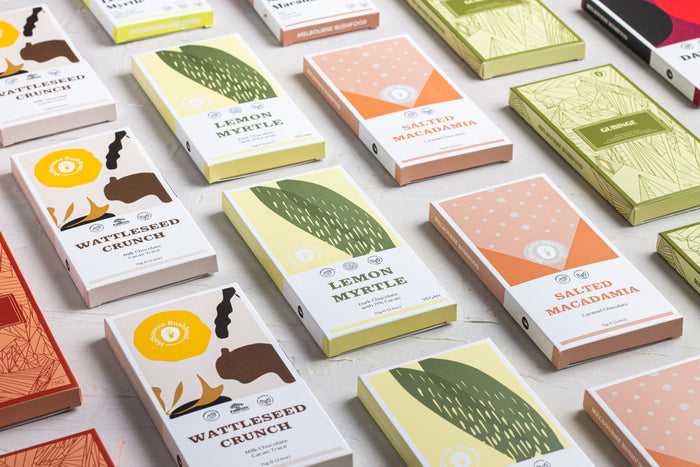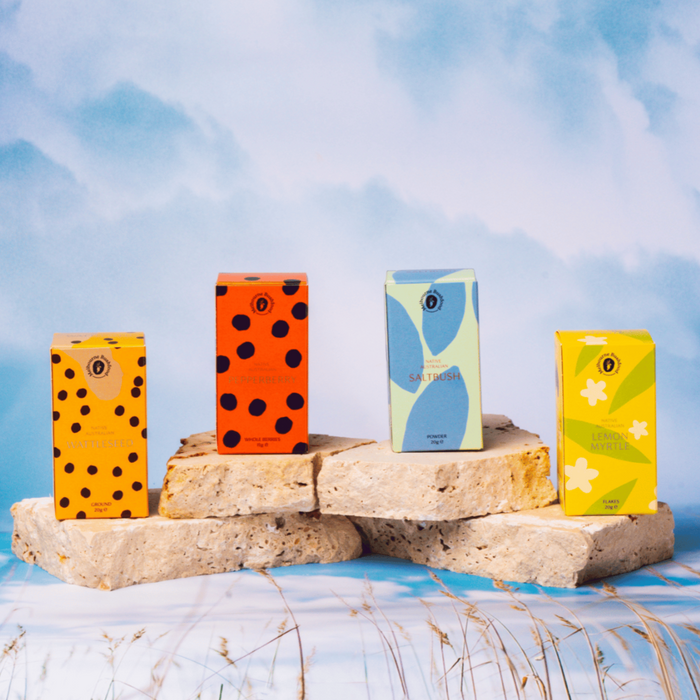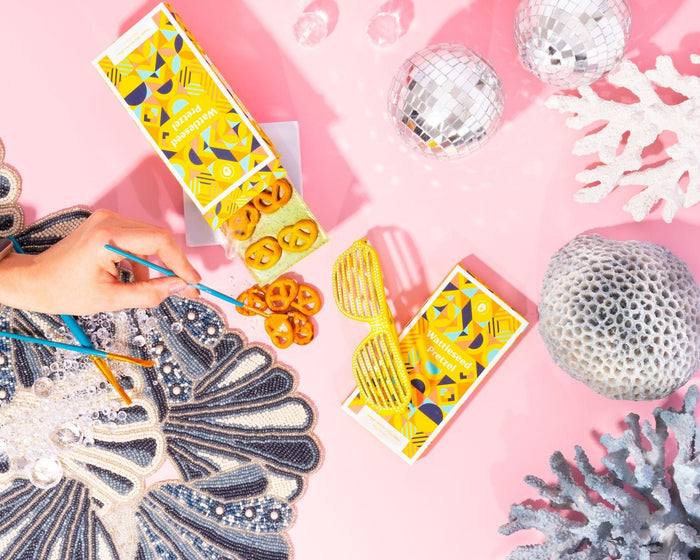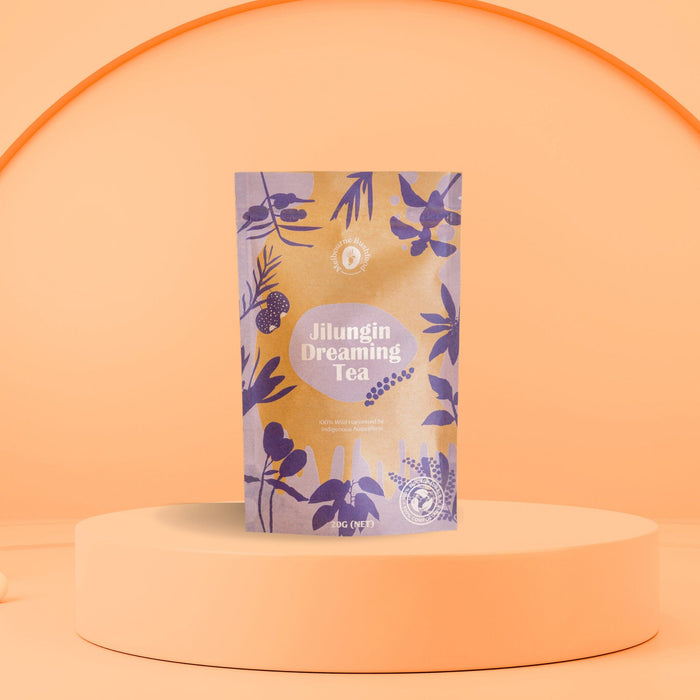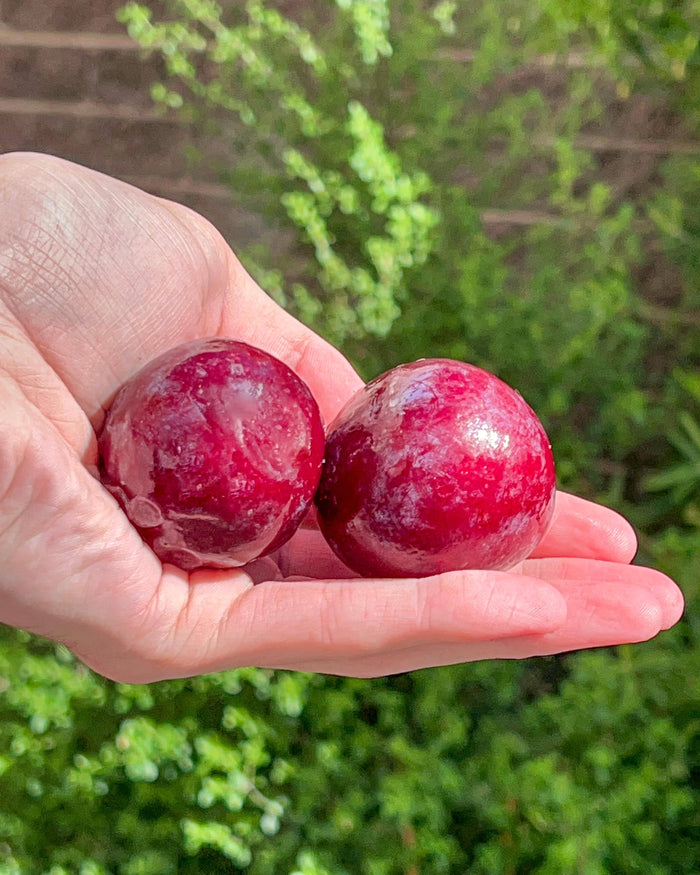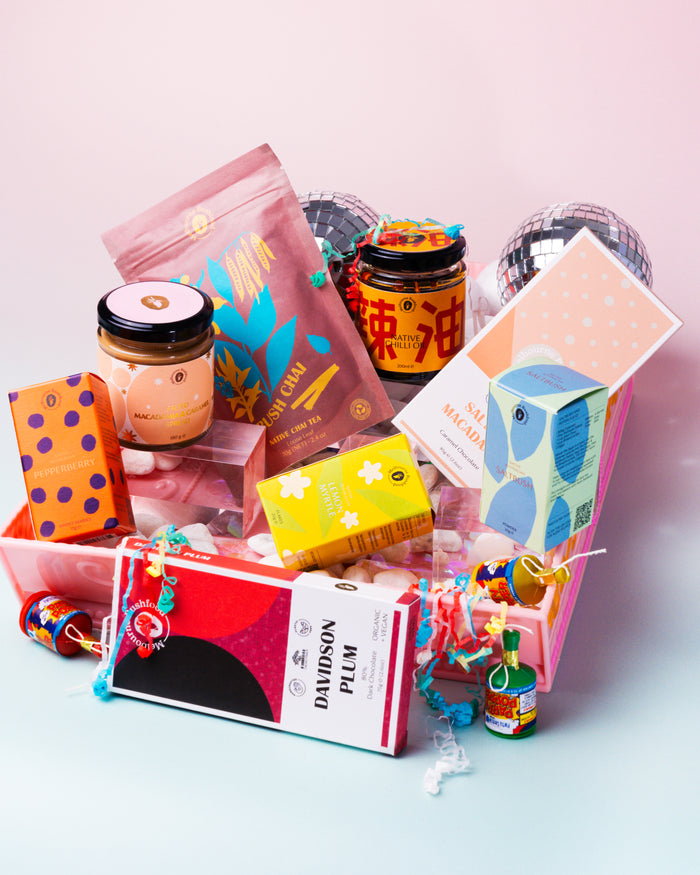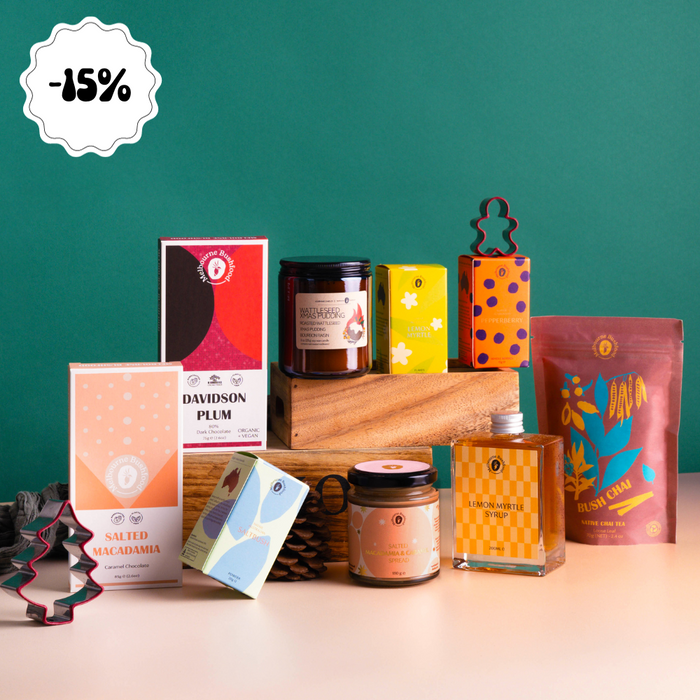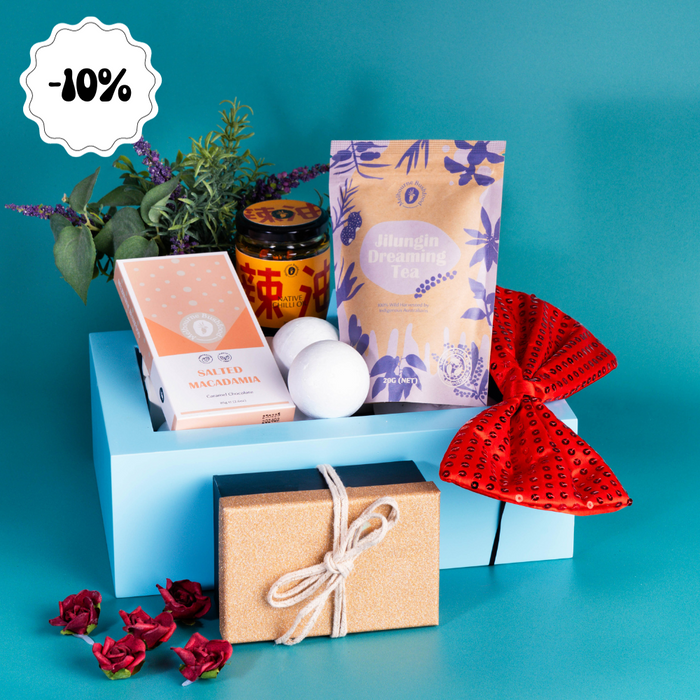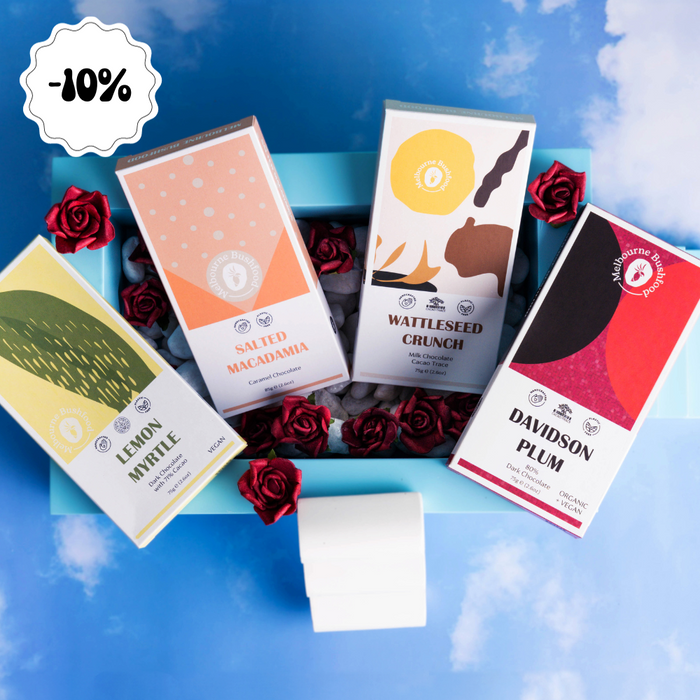

Getting Started with Your Melbourne Bushfood Plant
So you’ve decided to grow native bushfood in your home garden (congratulations!).
You’ve bought a starter plant (hopefully a Melbourne Bushfood plant) and it’s arrived at your home ready for planting.
Now what?
Here's everything you need to know to make your native garden a success.
Things to Consider Before You Start
- Start your native garden in a small area of your property and gradually increase its size as time and money become available.
- Check your soil. Good soil quality is the foundation of a healthy native garden.
- Make a plan. It is easier to work with the environmental features of your garden rather than against them. Therefore when making your plan consider things such as the microclimate, the slope of the site, where water runoff flows to, views, paths, soil type, existing trees and plants, space for garden shed and compost, entertaining areas, raised beds to improve drainage (natives like well drained soil) and of course your budget.
Planting
- Identify the appropriate location in your garden as per the recommendations on the plant label.
- Thoroughly soak the plant while it is still in the pot.
- If you’re planting into hard ground, loosen the soil for approx. 1 square metre.
- Once soil is loosened or if planting into an established garden bed, dig a hole the same depth as the pot you are planting from and a little wider. Fill the hole with water and let it drain.
- Remove the plant from the pot. Check roots and straighten any curled ones.
- Place the plant in the hole with roots pointing down.
- Fill the hole and firm down the soil with your hands.
- Water in your plant.
Watering
- Water your plant thoroughly at well spaced intervals.
- Water your plant around their drip line. This is the area under the plant canopy.
- Always water in cooler parts of the day, early morning is best.
- Once the plant is established it will need less water to survive.
Fertilising
The great thing about native plants is they don’t need to be fertilised very often.
Initially it can be beneficial to fertilise newly planted natives. If doing so, make sure you use native specific fertiliser which has no phosphorus.
Such fertiliser is available at nurseries, hardware stores and supermarkets Long term natives that are well established don’t require fertilising.

